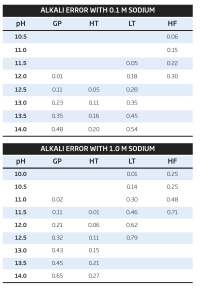Yeah. Every year I calibrate it, but first I test it in the 4, 7 and 10 solutions to see what kind of drift it had. So far, they have all read correct. (The meter only has 1 decimal place, hence "within one decimal place" in my other post. I imagine if it was more precise, I'd see some drift.)Without calibration??
I may just be lucky.
Since I'm willing to be ~0.15 points off target*, I haven't had much reason to put extra work into it. Additionally, I'm mostly relying on Bru'n, with the measurement checking for major irregularities. All respect to those who care more about it, though. If I were selling the beer, I'd definitely take more measurements, at higher precision and accuracy. But for my house, I've got plenty to do on brew days : )
*Most of what I've read not only says that 5.1-5.4 is fine, but disagrees about what the ideal value even is. I haven't noticed a personal preference in that range.


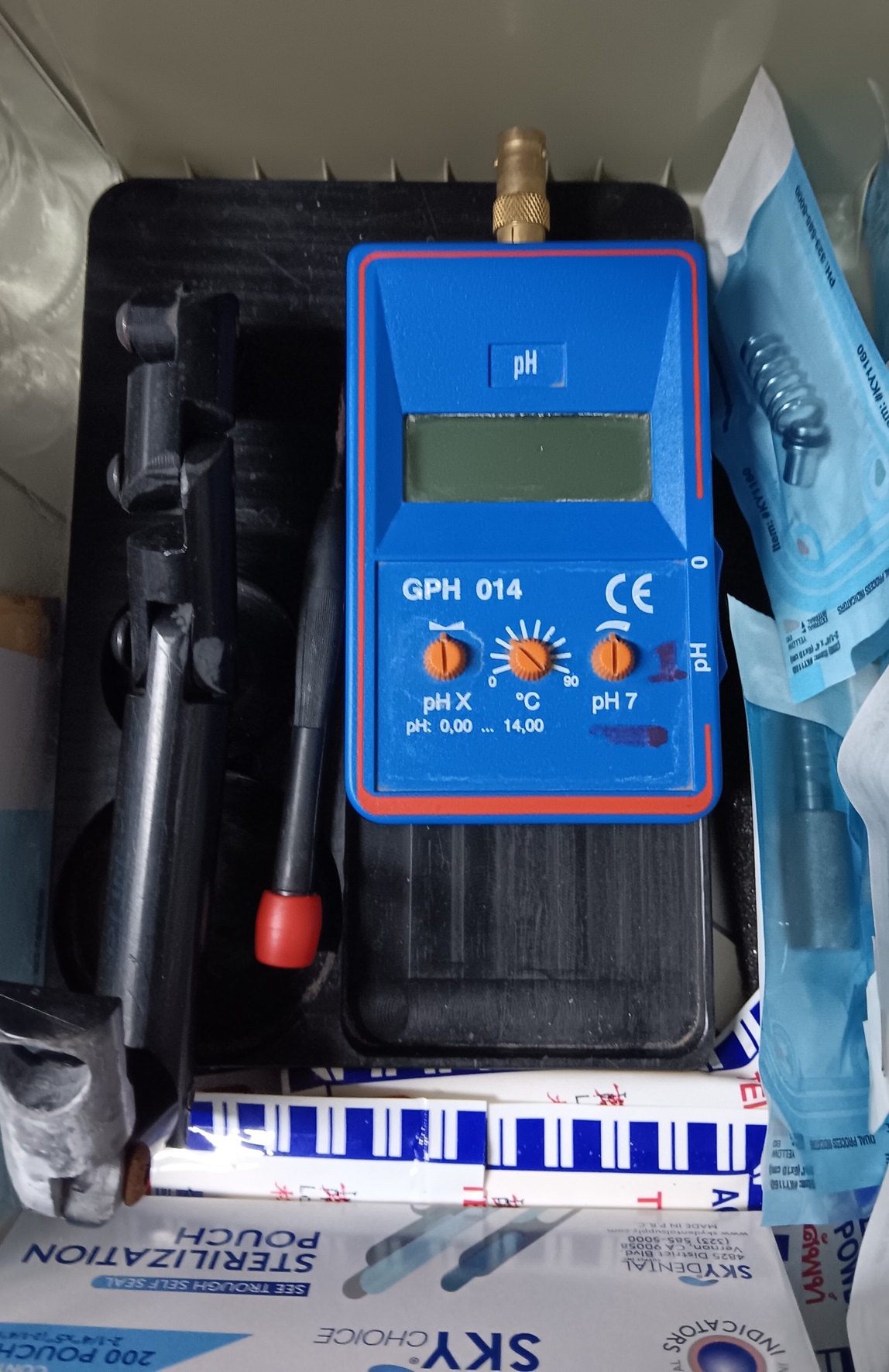
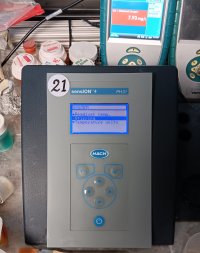
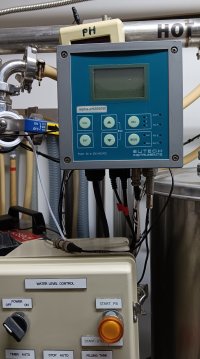
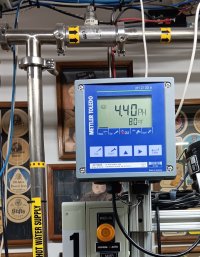
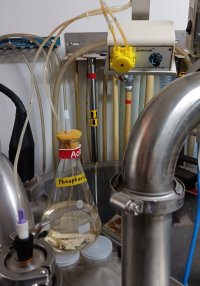























![Craft A Brew - Safale S-04 Dry Yeast - Fermentis - English Ale Dry Yeast - For English and American Ales and Hard Apple Ciders - Ingredients for Home Brewing - Beer Making Supplies - [1 Pack]](https://m.media-amazon.com/images/I/41fVGNh6JfL._SL500_.jpg)
































